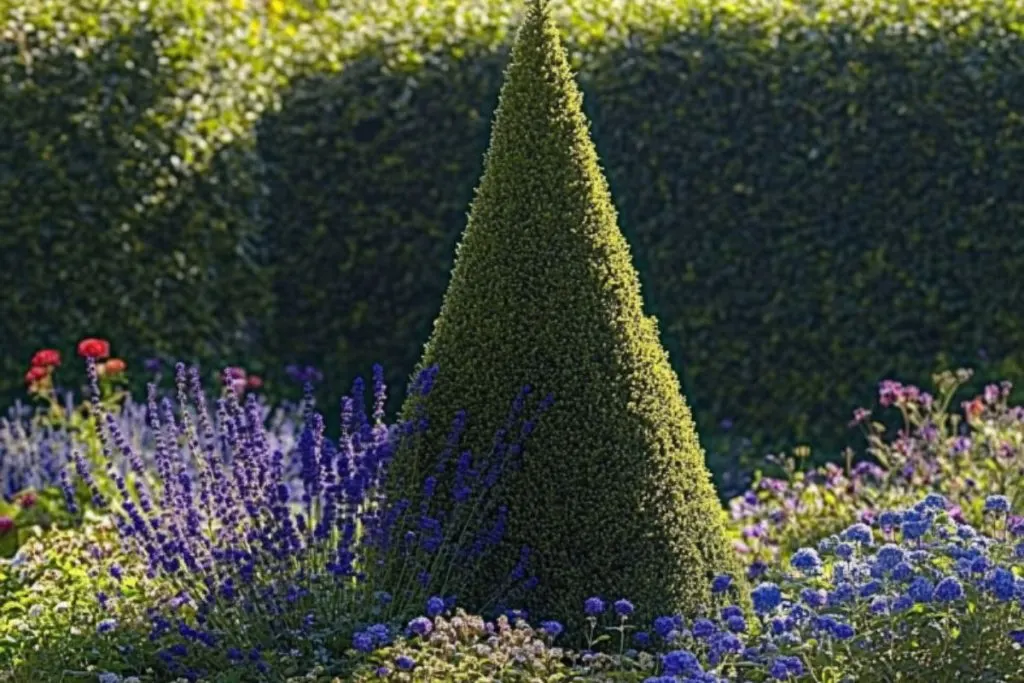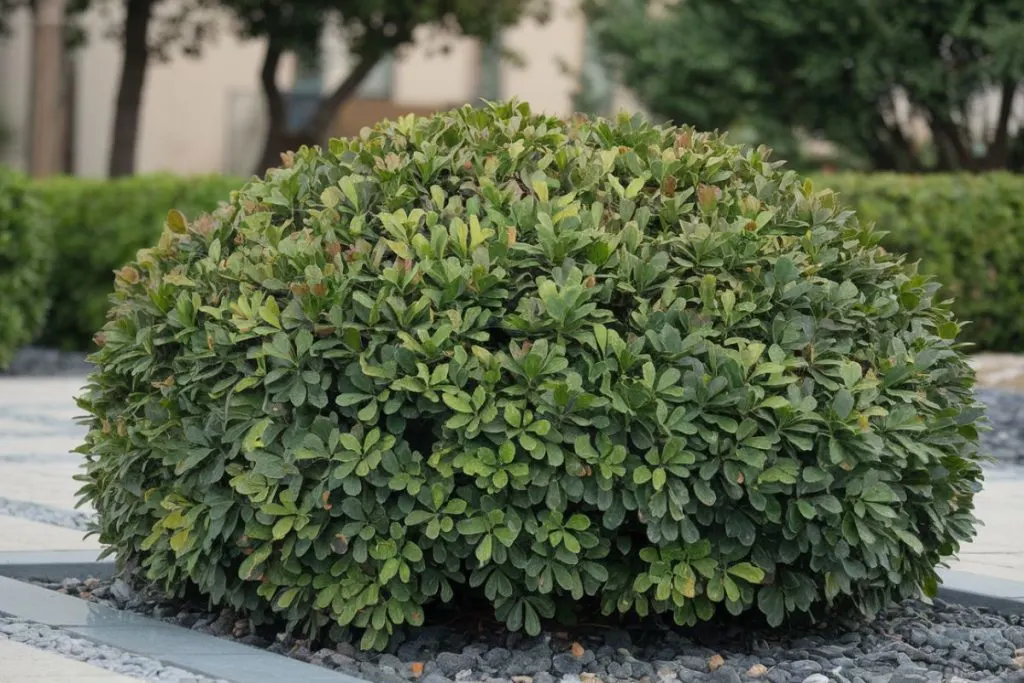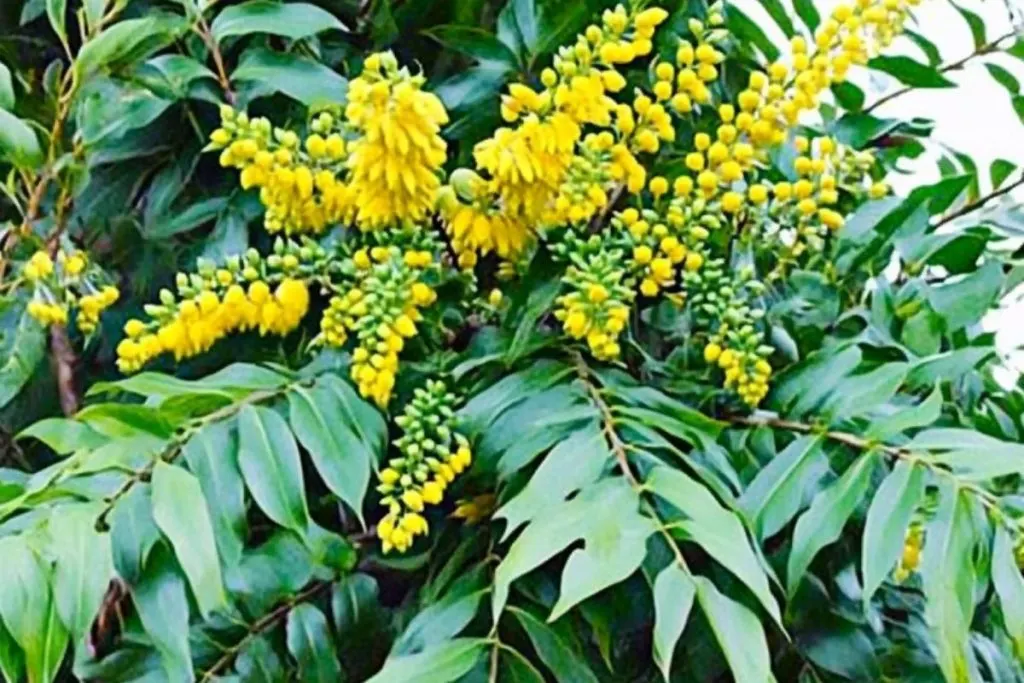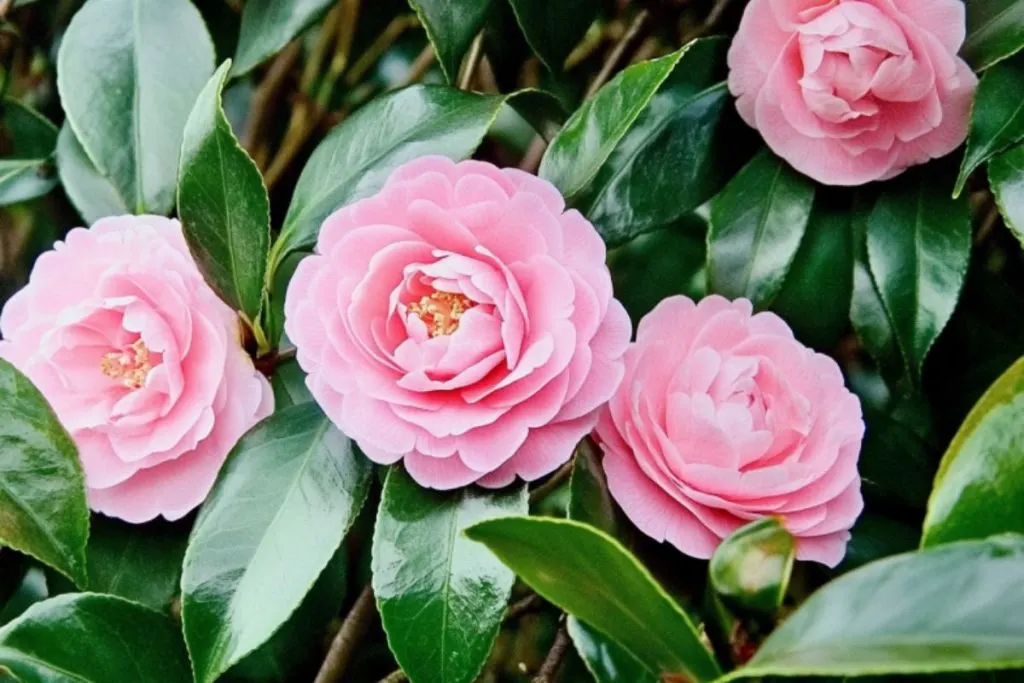Ever scrolled through a gardening catalog, feeling as confused as a chameleon in a bag of skittles? Fear not! When planning the perfect small front yard, evergreens might just be your best allies.
Sure, the flamboyant blooms of summer and spring may steal the spotlight, but evergreens are the steadfast companions who remain lush throughout the year, offering structure, privacy, and an inviting home for local wildlife.
These steadfast green pals are more than just decorative – they’re the custodians of nature’s tiny guests. With their dense foliage, evergreens like daphne domes and holly hedges offer a sanctuary for chirpy robins and bustling sparrows, especially when Jack Frost comes knocking.
You might think of evergreens as supporting actors in a vibrant garden production, but they can steal the show in their own understated way.
Exploring the vast array of evergreens can be as daunting as choosing a Netflix show on a Friday night. But worry not, because after rummaging through a plethora of options, I’ve narrowed it down to the top five evergreens that are perfect for small front yards.
Buckle up, because we’re about to embark on a green journey filled with resilience and serenity.
1. Yew

Picture this: a picturesque cottage garden framed by the luxuriant greenery of yew. This adaptable evergreen is like the Swiss army knife of plants—it thrives in sun or shade and can be shaped to your heart’s desire.
Whether you’re dreaming of a smart hedge to keep prying eyes at bay or just a touch of formality amidst your botanical friends, yew might just be your go-to.
The yew’s natural habitat spans from US Hardiness Zone 4 to Zone 8, proving its mettle in diverse conditions. With its dense foliage and deep green hue, it can be pruned into nearly any shape you fancy.
If you decide to let it grow naturally, it could stretch anywhere between a modest 4 feet to a grandiose 65 feet! But for those who prefer a tidier approach, the dwarf variety Taxus baccata ‘Standishii’ could be the perfect pint-sized option, staying below three feet.
There’s something classically beautiful about a yew hedge. Often used as an alternative to boxwood—especially given the latter’s pest problems—yew stands strong against the elements and nuisances.
Its deep green needles provide a stunning backdrop for the vibrant red berries that emerge in winter, adding a pop of color to the muted winter landscape.
Plus, you can conveniently order yew plants online from Nature Hills, bringing you one step closer to that leafy privacy screen.
2. Pittosporum

Ah, pittosporums—the aromatic evergreens that bring a breath of fresh air to any garden plot. These shrubs aren’t just about looks; they have a delightful fragrance that can turn an ordinary yard into an aromatic haven.
Pittosporums thrive in US Hardiness Zones 8 and above, making them ideal for warmer climates and sheltered spots.
With their fragrant flowers and beautiful foliage, pittosporums are magical additions to any yard. The smaller varieties, like Pittosporum tobira ‘Nanum’, grow up to three feet—perfect for those tight spots in your landscape.
Their versatility doesn’t stop there; they’re fantastic for topiary, offering a looser structure than yew or box but allowing for artistic pruning.
These charming shrubs come to life in spring and summer with a fragrant burst of purple or white blooms.
A well-pruned pittosporum can maintain a dense, compact form, ensuring that it doesn’t become woody and unsightly. If you’re eager to get your hands on one, check out Walmart, where you can purchase pittosporum shrubs and start creating your own green paradise.
3. Fatsia

If you’re looking to add a touch of the tropics to your front yard, look no further than fatsia. With its expansive, glossy leaves, this evergreen is sure to transport you to a lush paradise even if you’re just stepping out your front door. Fatsia is well-suited to US Hardiness Zones 7 to 10, preferring a shady nook to bask in.
Using fatsia as a statement piece can provide contrast and interest in smaller yards. Their large leaves add an exotic flair, standing proud against the backdrop of more traditional garden plants.
With regular pruning, you can keep them at a manageable size, usually between 10 and 12 feet.
Fatsia isn’t just a pretty face. In the late summer and early fall, it produces intriguing cream-white flowers, attracting both pollinators and compliments alike.
These evergreens are the perfect choice for anyone looking to blend style with substance, bringing a dynamic presence to the front of your home. Grab one from Amazon and watch your garden transform overnight.
4. Mahonia

Ever stuck your hand in your pocket, only to pull out a handful of hidden treasures? Mahonia is like that forgotten gem, bringing unexpected beauty and resilience to your garden.
Known for their prickly yet alluring foliage, these evergreens provide year-round interest and can even surprise with some winter blooms.
For those with limited space, the Mahonia aquifolium, or Oregon grape, is a charming choice. This compact variety offers a low-growing form, perfect for an evergreen ground cover. As the state flower of Oregon, it brings a wild and rugged beauty to any garden.
Mahonia loves partial to full shade and can thrive in US Hardiness Zones 5 and above. With its vibrant yellow flowers transitioning to blue-black berries, it doubles as both a visual stunner and a wildlife haven.
The thornless variety, Mahonia ‘Soft Caress,’ available from Amazon, is especially appealing with its soft, feathery leaves—ideal for cozying up next to your front door.
5. Camellias

If evergreens were the cast of a play, camellias would undoubtedly be the prima donnas. Prized for their stunning blooms and evergreen charm, camellias offer a splash of color and sophistication that elevates any yard. Even in smaller spaces, their slow growth and compact form make them a beloved choice for gardeners.
Camellias are especially known for their vibrant flowers that range from whites to pinks and reds, blooming against their dark green leaves.
Whether placed as a standalone shrub or as part of a hedgerow, these evergreens perform best in US Hardiness Zone 6 and above, favoring shade over direct sunlight.
When it comes to camellias, slow and steady wins the race. With careful placement and the occasional pruning come spring, they’ll reward you with their magnificent blooms for years to come.
As Bert Bast from Bast Brothers Garden Center suggests, larger specimens tend to make a more immediate impact, so always choose the size that complements your garden.
Pro Tips for Planting Evergreens
Timing is everything in the garden world. Most evergreens settle in best when planted between October and April. This gives them ample time to establish before the summer heat or winter cold sets in.
Whether you’re hoping to add a splash of evergreen vibrance with a yew, pittosporum, fatsia, mahonia, or camellia, preparation and timing will ensure your evergreens thrive year-round.
With these expert-recommended evergreens gracing your small front yard, you’ll have a verdant retreat that’s the envy of the neighborhood, inviting you to enjoy nature’s splendor every day of the year!

